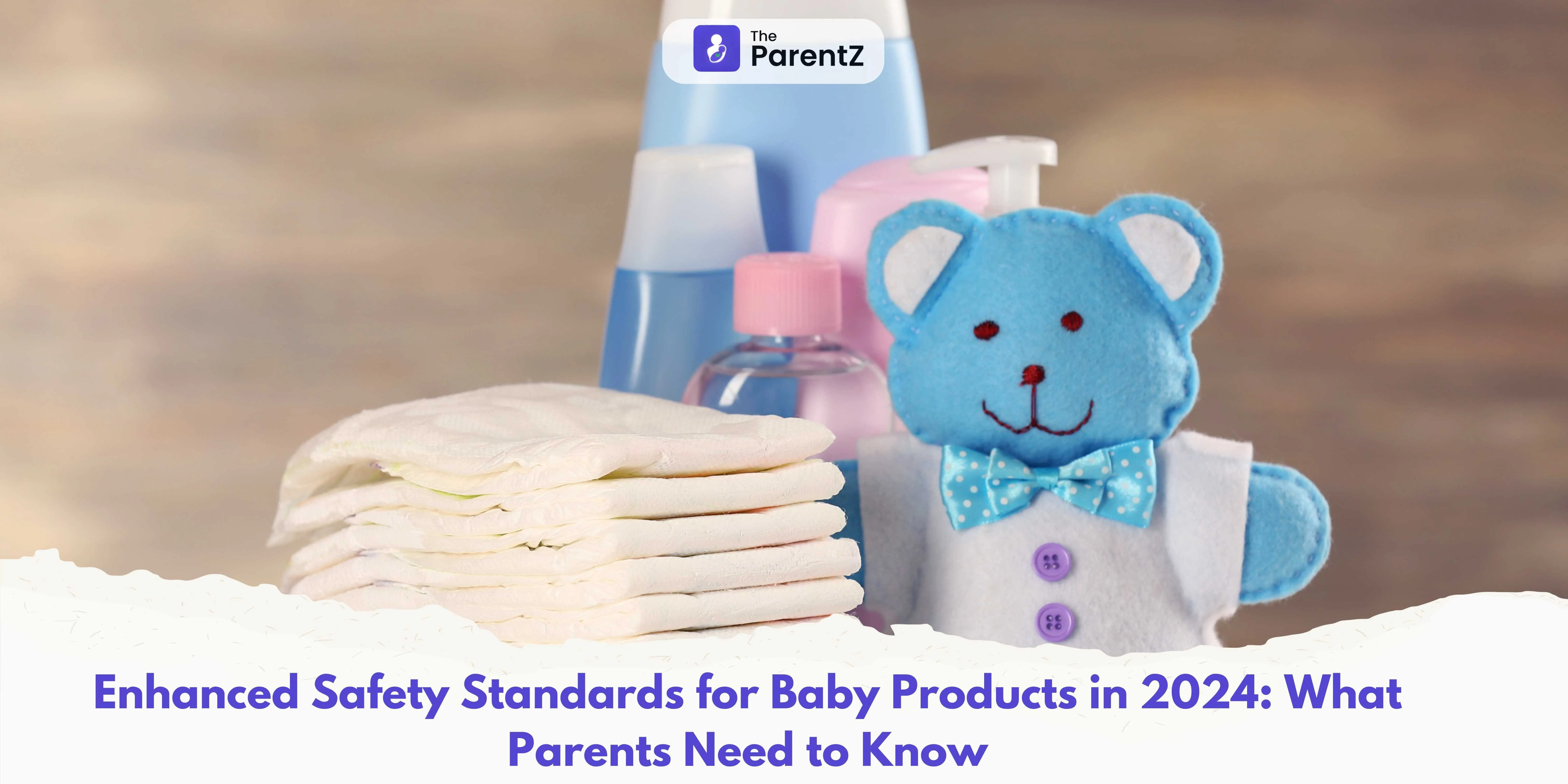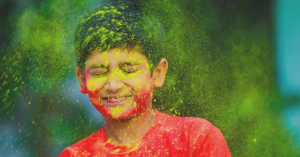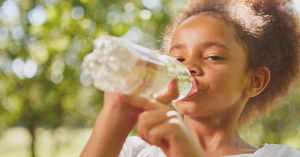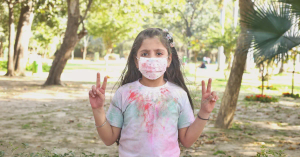As of 2024, significant advancements in baby product safety standards are taking effect, with updated guidelines aimed at improving the protection and well-being of infants and young children. Driven by research and recommendations from pediatric experts and regulatory bodies, these enhanced standards address critical safety factors across a range of products. This article provides an in-depth look at what parents need to know about these new standards, focusing on how these changes impact baby product safety and what to look for when purchasing items for newborns and toddlers.
Background: Why Enhanced Standards Were Necessary
In recent years, safety concerns surrounding baby products have surged, with incidents related to unsafe sleep environments, choking hazards, and chemical exposures leading to recalls and legislative action. Reports from organizations like the U.S. Consumer Product Safety Commission (CPSC) and American Academy of Pediatrics (AAP) indicate that unregulated products or those lacking sufficient safety protocols have been linked to preventable injuries and, in severe cases, fatalities.
- Fact: According to the CPSC, unsafe sleep practices and products accounted for over 100 infant fatalities each year in the U.S. aloneAAP’s Findings**: The AAP’s recommendations have continually urged manufacturers to adhere to guidelines that limit soft bedding and structural hazards in baby sleep products, emphasizing the need for ongoing updates to product standards .
Theses underscore the urgency behind the 2024 safety updates, which target the most common risks associated with baby products.
New Safety Standards: What Has Changed?
The 2024 safety standards focus on stricter guidelines for specific product categories, including cribs, bassinets, sleep positioners, high chairs, and car seats. Let’s examine the most notable updates:
- Sleep Products: The CPSC and FDA have collaborated to introduce more rigorous standards for infant sleep products, such as bassinets and cradles, with an emphasis on stable design and breathable materials.
- Fact: The CDC reported that suffocation and sleep-related deaths are among the leading causes of infant mortality, urging regulators to implement safety measures that reduce the risk of accidental suffocation .
- Chemy: New regulations require manufacturers to eliminate or limit the use of potentially harmful chemicals, like phthalates and BPA, from baby products. The European Chemicals Agency (ECHA) and the FDA have endorsed limits for chemical exposure in baby products, pointing to research that links early exposure to developmental issues.
- Fact: Studies by the ECHA have shown that phthalates can disrupt hormonal development, affecting cognitive and physical growth in children .
- Choking and StraHazards: The standards have also imposed tighter regulations on small parts and detachable components in baby products, addressing a top concern for choking incidents, especially in toys, high chairs, and baby carriers.
Key Product Categories and Safety Enhancements
A. Cribs and Bassinets
Cribs and bassinets are among the most frequently used baby products, and thus subject to stringent regulation. In 2024, the new guidelines for these sleep products focus on improving stability and eliminating any gaps that could pose entrapment risks.
- Mandatory Testing: All cribs and bassinets now undergo stability tests to ensure they can withstand movement without tipping over.
- Gap Elimination: Guidelines now mandate that all slats and rails are designed to prevent gaps where infants could become entrapped.
What Parents Should Look For:
- Certified Label: Ensure products are CPSC-certified and meet ASTM International standards for cribs.
- Firm Sleep Surface: The AAP advises that cribs and bassinets feature a firm mattress to prevent suffocation risks .
B. High Chairs
Nandards for high chairs emphasize secure harness systems, stable construction, and easy-to-clean materials to minimize potential hazards and improve hygiene.
- Five-Point Harness: High chairs now require a five-point harness to prevent children from sliding out or climbing over.
- Tip-Over Resistance: The updated standards include tipping tests to confirm stability, even with active toddlers.
What Parents Should Look For:
- Harness and Stability Certification: Ensure high chairs are certified for stability and secure restraint systems.
- Smooth Surfaces: High chairs should feature easy-to-clean surfaces, as research by the CDC highlights the importance of hygiene in reducing exposure to bacteria .
C. Car Seats
Car seats arl for safety during travel, and the latest standards ensure that they protect children against both direct impacts and side impacts.
- Side-Impact Testing: While front-impact protection has been a primary focus, new standards now include mandatory side-impact testing to provide enhanced protection.
- Extended Rear-Facing Requirements: Based on evidence that rear-facing seats provide more protection, the new regulations recommend that children remain rear-facing until they exceed the weight and height limit of the seat.
What Parents Should Look For:
- Side-Impact Safety Label: Look for car seats that have passed the latest side-impact safety tests.
- Height and Weight Limits: Follow updated guidelines to keep children rear-facing for as long as possible .
D. Infant Toys and Play Items
Infae subject to new safety regulations that restrict small parts, strong magnets, and other detachable components that could lead to choking or ingestion hazards.
- Choking Hazard Prevention: Toys for children under three years must meet small-part standards to prevent choking risks.
- Non-Toxic Materials: All toy manufacturers must eliminate toxic materials, including heavy metals and BPA.
What Parents Should Look For:
- Age Appropriateness: Ensure toys are marked as safe for your child’s age, particularly for children under three.
- Non-Toxic Certification: Look for labels from third-party certifiers like ASTM to ensure non-toxic material compliance.
Medical and Pediatric Recommendations
In addition to regulatory updates, medical professionals have reinforced guidelines for safer baby product usage in 2024. Here are key recommendations from leading pediatric experts and organizations:
- Pediatric Consensus on Safe Sleep: The AAP continues to advise parents against co-sleeping, emphasizing that infants sleep safest on their backs in a separate, certified crib or bassinet with no soft bedding .
- Chemical Exposure Concerns: The American Medicaion (AMA) recommends selecting products labeled “BPA-free” and “phthalate-free” due to evidence linking these chemicals to developmental delays and endocrine issues.
- Fact: A 2024 study published in JAMA Pediatrics found that babies exposed to high levels of phthalates and BPA have a 20% higher risk of developmental delays by age three .
Resources for Parents: How to Stay Informed
With prty regulations continuously evolving, it’s essential for parents to stay updated on new standards and recall information. Here are reputable resources:
- CPSC’s Recall Database: The Consumer Product Safety Commission regularly updates its database with product recalls and safety alerts. Parents can sign up for notifications to receive real-time updates .
- AAP’s Safe Sleep Guidelines: The AAP’s website provides a comprehensio safe sleep practices, updated as new research emerges .
- FDA’s Chemical Safety Alerts: For information on harmful chemicals, the FDA ofs and guidelines on limiting exposure, especially concerning baby products and toys .
Conclusion
The 2024 safety updates for baby products signify an important shift towarg preventable hazards, with new standards aimed at minimizing risks related to sleep safety, chemical exposure, choking, and vehicle travel. By choosing products that meet these enhanced standards, parents can help ensure safer environments for their children. Staying informed through reputable sources and choosing certified products can provide added peace of mind, allowing parents to focus more on nurturing and less on potential safety concerns.






